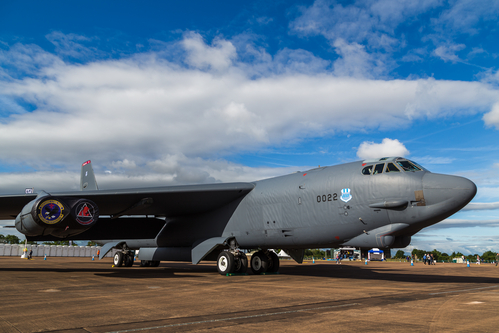
The U.S. Air Force’s B-52 Stratofortress, an iconic long-range bomber, is undergoing its most significant modernization in history, with plans to continue its service well past its 60th year and into the mid-21st century.
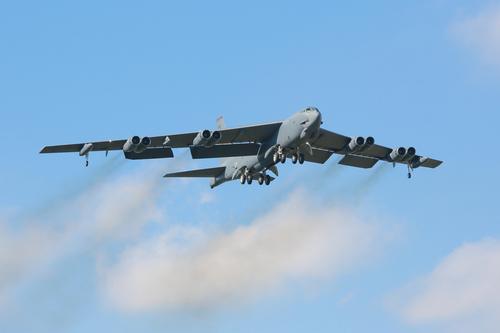
This latest upgrade will finally see the release of a new variant, as the aircraft upgraded to the Rolls-Royce F130 engines will become known as the B-52J.
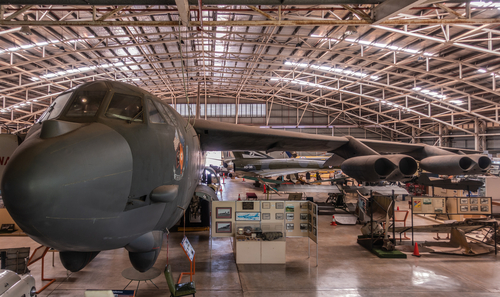
The new engines (the first since the 1960s) will improve performance and efficiency, as well as reduce ongoing maintenance costs.
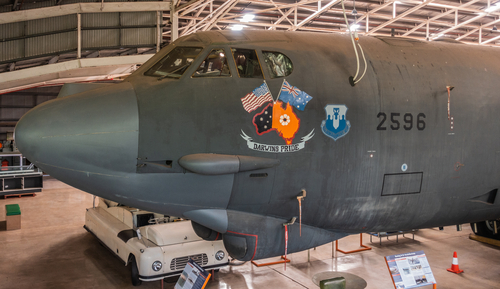
As of early 2024, the Air Force maintains a fleet of 72 active B-52H aircraft, with the oldest potentially being the Memphis Belle IV, last seen in the skies in December 2023.
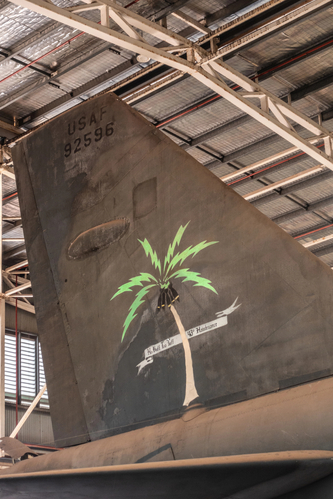
It has seen active service in conflicts, including the Vietnam War, the Gulf War in the 1990s, and Operation Enduring Freedom in 2001. With a storied history in American military aviation, the B-52 has proven adaptable across decades of service.
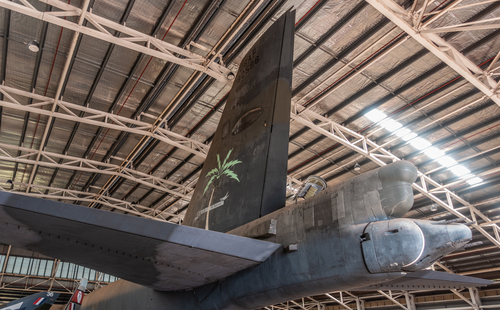
Despite its advanced age, the B-52 remains a critical asset in the U.S. Air Force’s strategic arsenal.
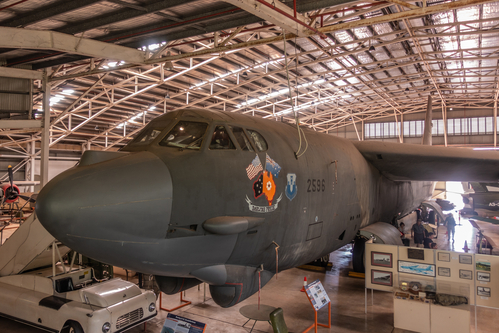
The heavy bomber, capable of carrying both nuclear and conventional ordnance, has demonstrated versatility in a range of missions from strategic attack to maritime operations.
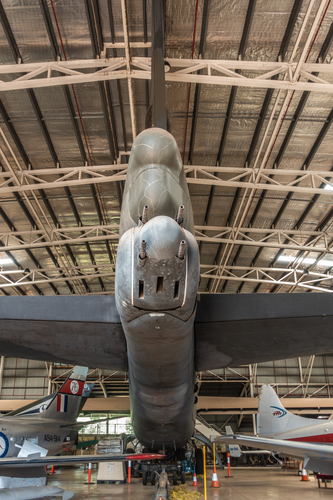
Notably, during Desert Storm, B-52s delivered a staggering 40 percent of the weapons dropped by coalition forces, underscoring its formidable capability.
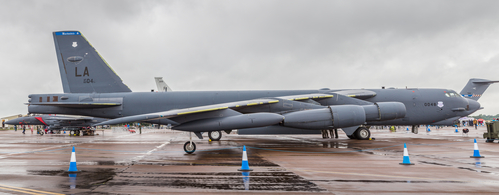
The modernization program, estimated at $48.6 billion, aims to address the aging fleet’s challenges, including a diminishing supply of spare parts and the need for upgraded technology.
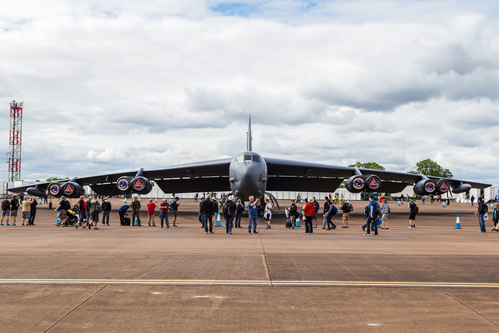
The program includes improved avionics, radar, communications, and weaponry. The F130 engine upgrade alone, a $2.6 billion effort, is expected to extend the bomber’s operational life until about 2060, reinforcing the Air Force’s bomber fleet in conjunction with the upcoming B-21 Raider.
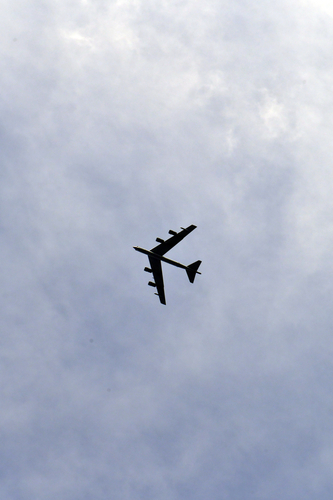
The B-52J will boast a range of enhancements, from new radar systems to communication upgrades, ensuring its relevance in future conflicts. According to Maj. Gen. Jason Armagost, the combined capabilities of the B-52J with the stealthier B-21 will form “a very powerful, integrated force” able to execute diverse operations.
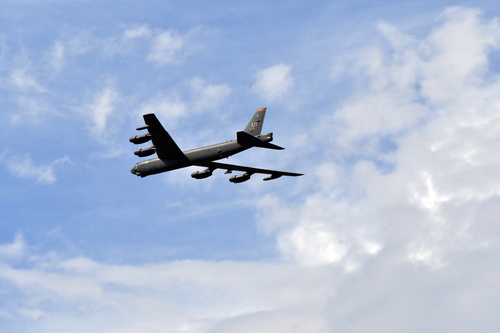
“Despite its age, the B-52 remains a cornerstone in the Air Force’s arsenal,” Air Force Inspector General Robert P. Storch wrote in an audit released Nov. 28. “The supply chain challenges identified in this audit could impact the Air Force’s ability to keep the aircraft flying.”
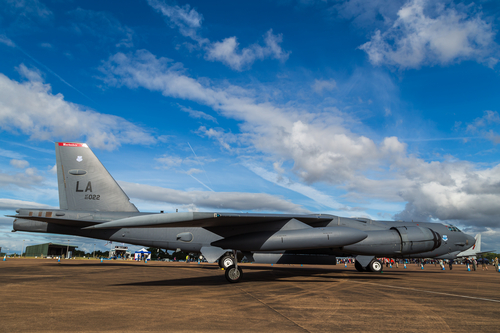
Despite these hurdles, the B-52’s resilience is evident. Air Force personnel routinely handle preflight technical issues, demonstrating the bomber’s ability to fulfill missions even with minor equipment failures.
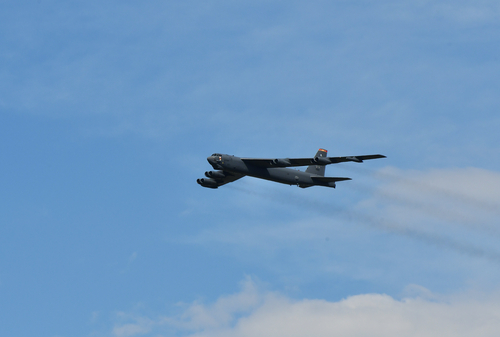
The B-52 may be an elder in the fleet, but the upcoming modernization promises to reinvigorate this Cold War-era aircraft, ensuring its continued presence as a cornerstone of American airpower for decades to come.
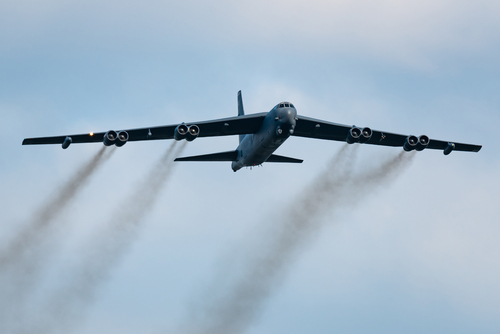
Air Force historian Brian Laslie said the fact the B-52 is still in the air, and could continue flying until around its centenary, is remarkable.“If there was an airplane that was flying today that was 100 years old, we have to go back to 1924,” Laslie said.
Relevant articles:
– What Is The Oldest B-52 Still In Service?, Simple Flying
– B-52H Stratofortress, AF.mil
– The new B-52: How the Air Force is prepping to fly century-old bombers, Defense News
– Air Force audit says B-52 modernization undercut by failure to track spare parts needs, stripes.com
